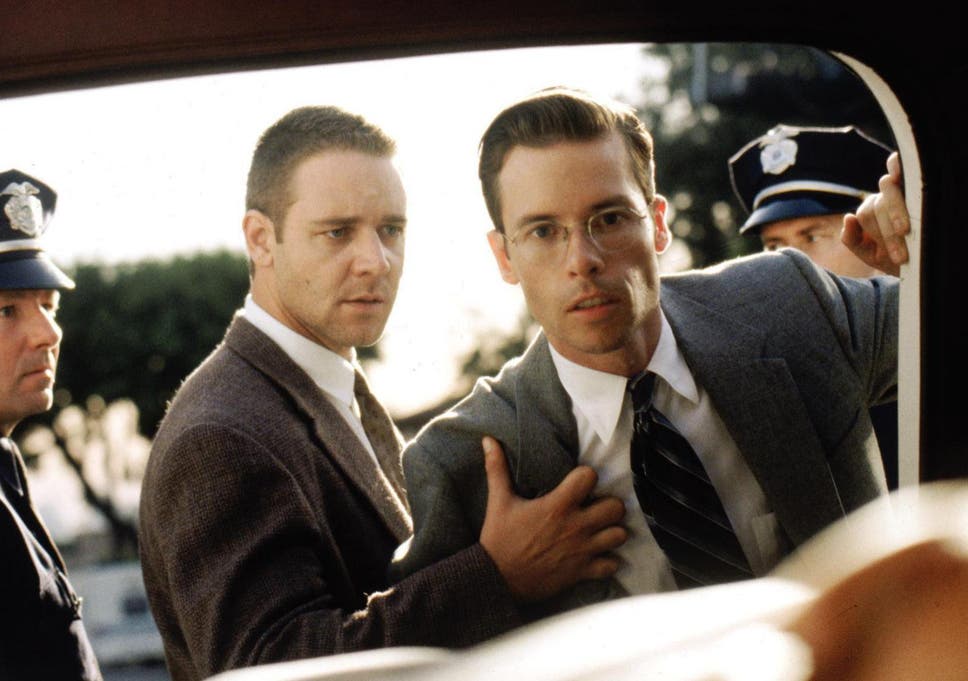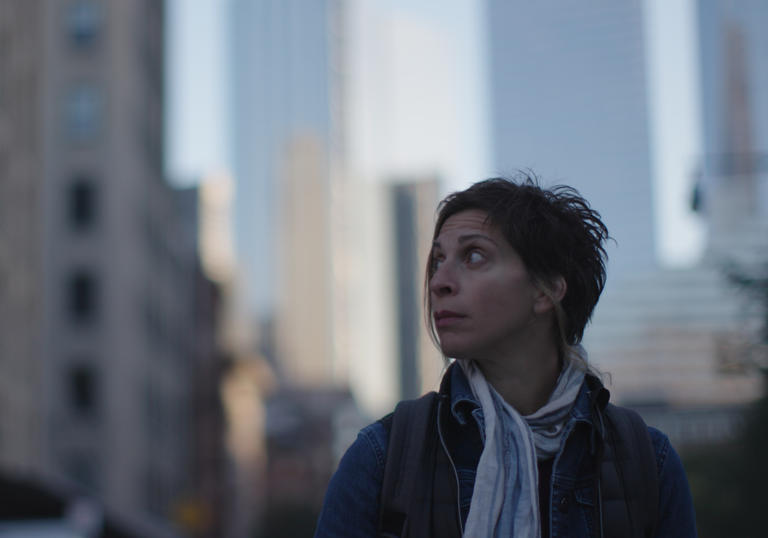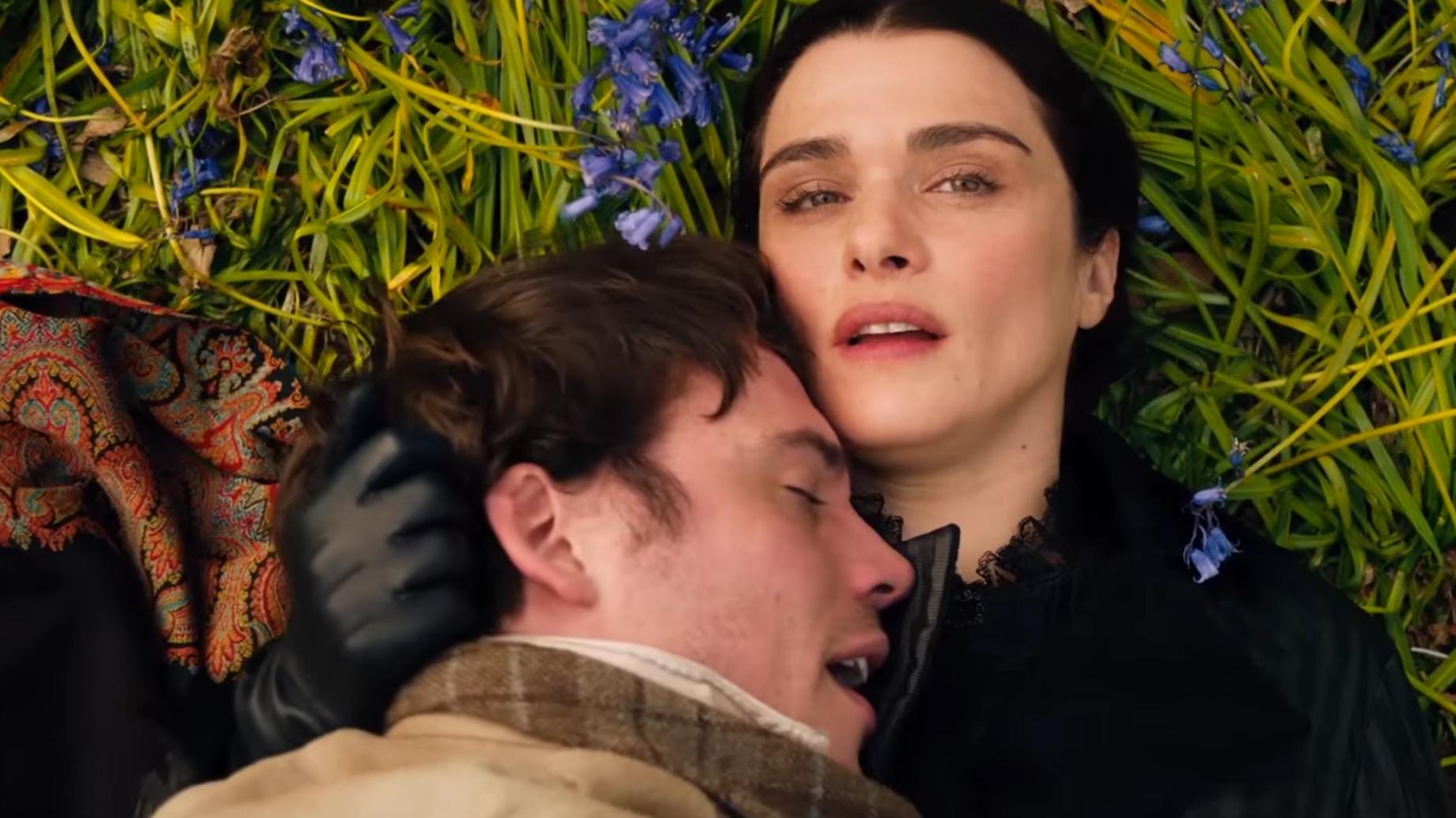"What is the purpose of your visit?," asks a passport control officer of our hero, two-thirds of the way into Jason Bourne, the fifth entry in the series based on Robert Ludlum's rogue-agent character. "Business," comes the terse response. It would be tempting, studying the receipts of a series that has so far taken over $1.2bn worldwide, to sneer that the only reason Matt Damon's Bourne is back in cinemas is business; that after muscling through a trilogy that arrived, in 2007's The Bourne Ultimatum, at a moment of perfect symmetry, wearying contract negotiations and a doubtless enhanced fee are what's responsible for the reteaming of Damon with Supremacy and Ultimatum director Paul Greengrass. (The existence of 2012's Damon-less The Bourne Legacy, an okayish footnote to the first three films, suggests studio Universal had the meeting room ready.)
Good news, then: the above exchange lands at a point in Jason Bourne where most viewers will, I suspect, be too involved or excited to mind much. Greengrass and co-writer/editor Christopher Rouse have hit upon a new direction for this series to go in: a post-Snowden course that sees Julia Stiles's Nicky Parsons - the CIA analyst who'd grown increasingly disaffected with the Agency's workings over the second and third films - hacking into the system and threatening to leak evidence of illegal black-ops activity. As the hack uncovers sensitive info about the families of those footsoldiers recruited to do the Agency's dirty work, it's perhaps inevitable she should turn back to our man Bourne for protection, the latter having resurfaced as a never-more-buff bare-knuckle fighter somewhere in the Middle East. That's another novel twist: this spy has to come in from the warm.
As Parsons and Bourne try to protect and make sense of this data, we're reminded of the first films' considerable virtues, not least their eye for underused, off-radar locations. Parsons is first glimpsed trudging through the snow in Reykjavik, that 21st century alt-culture hotspot; an early chase scene unwinds against the backdrop of an anti-austerity protest in Athens that echoes Greengrass's deployment of Berlin in Supremacy. There is lurking close to the hyper-kinetic surfaces of these films - and it's surely the geopolitically astute Greengrass (Bloody Sunday, United 93, Captain Phillips) who put it there - a treatise on what happens when institutions collapse or betray us, driving conscientious young men and women out onto the street to dodge the falling masonry and water cannons, the attentions of The Man. (They move so fast we might overlook the irony that this disenfranchised demographic is exactly the audience the studio is itself targeting.)
Greengrass hasn't lost his deft way with a setpiece, either. At every frenetic turn, the action in Jason Bourne lets us know exactly where the principals are on the map - a trickier task than ever in Athens, where our heroes are semi-obscured by Molotov-cocktail smoke and tailed by Vincent Cassel as an Agency sniper referred to, somewhat chillingly, as "The Asset", but somehow Greengrass clears a path. Overlook not his close direction of actors whose fate - even after a decade away from these roles - we still care about: the Bourne/Nicky partnership remains intriguing (they're lovers who don't have the luxury of time to kiss), elevated by Damon and Stiles' typically intelligent work, and after a clearout at CIA headquarters, the new film presents us with a Homeland-esque double-act, pitting the intuitive Alicia Vikander, whose fast-rising junior wants Bourne brought in, against the granite wall of superior Tommy Lee Jones, who wants our boy eliminated. (A lesser film - and braver director - might have asked Jones to reprise his "foxhouse, henhouse" speech from The Fugitive.)
If this series continues to move as well as it ever did, there are signs it might be running out of ideas. An instance of hand-to-hand combat in Berlin strikes you as a so-so rerun of a sequence in the second movie, motivated less by character than the need for an action beat after several minutes of exposition. And it feels a little iffy that everybody should end up in Vegas, less a Jason Bourne location, I'd say, than it is a Jerry Bruckheimer location. It's a reflection of how this franchise is now big business - top-dollar entertainment - and therefore has the cash to shut down the Strip for a couple of nights while destroying half the city's transit, yes, but the finale marks the point at which the Bourne series leaves intelligence behind and enters altogether shamelessly into the realms of entertainment: the final reel is indistinguishable from the final reel of Con Air, though I say that as a fan of the latter.
There is still a degree of skill to be admired in the stitching together of such extravagant stuntwork, how matters are set up and paid off, punches thrown and taken. This might be the advantage of having Rouse there in pre- and post-production, at the word processor and the Steenbeck (or its digital equivalent): even as a runaway SWAT vehicle is ploughing through stationary traffic, sending cars every which way, Jason Bourne reveals itself as an incredibly neat action movie, its cutting ever-rigorous, its Foley work vividly precise. (You really do feel the impact whenever a skull cracks against a stone pillar or floor, and in a film that drops so many bodies, that's an achievement in itself.) Like so many summer movies these days, then, it is finally business as usual - but it's good business, perhaps the best 2016 has to offer, providing a decent two hours in the dark in return for your hard-earned.
(MovieMail, July 2016)
Jason Bourne screens on Channel 4 at 9pm tonight.













